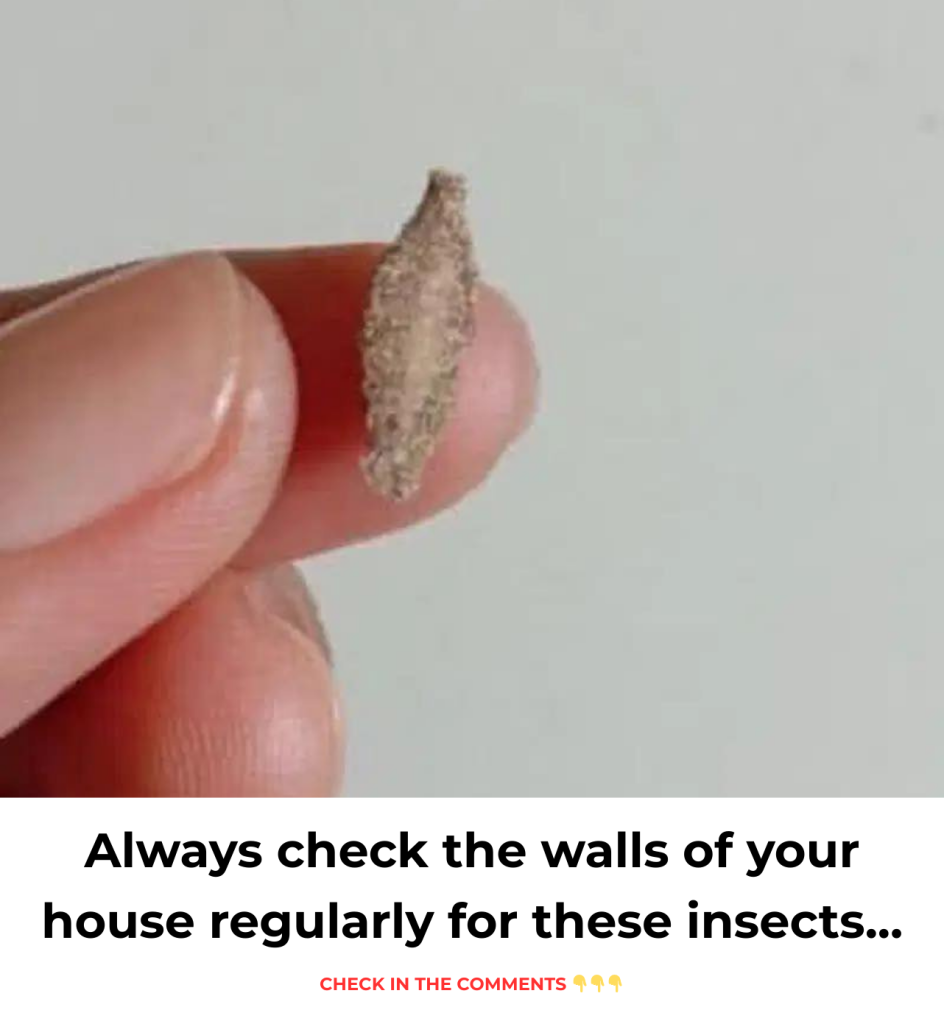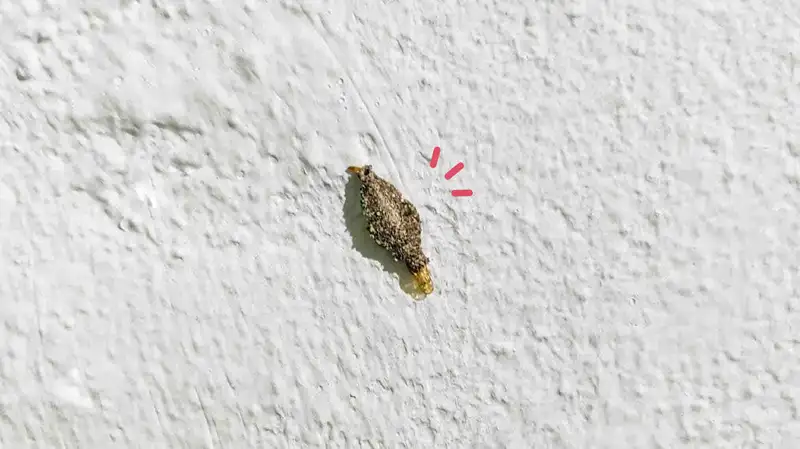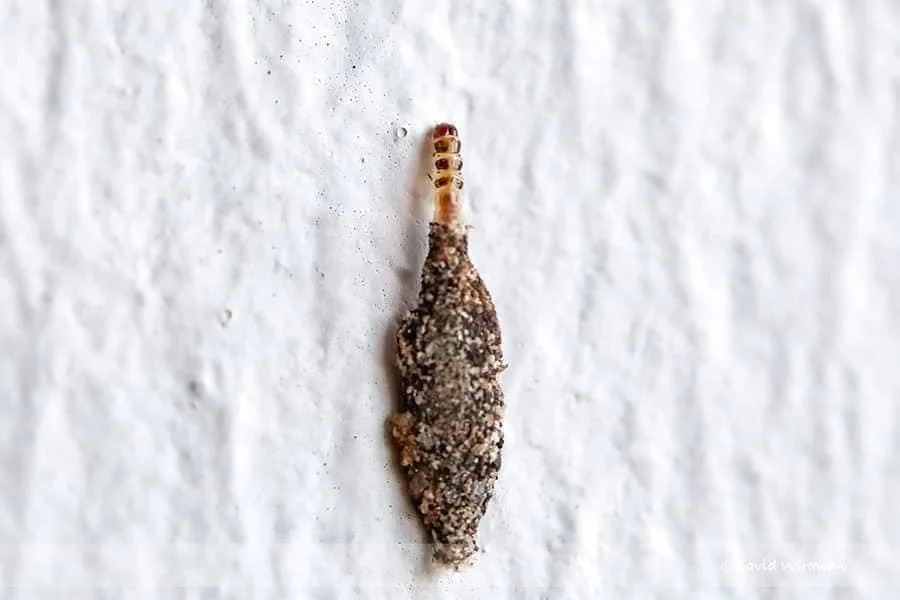
Even though the Kamitetep is small, it can cause bruising and itching when it touches your skin. These strange-looking, tiny caterpillars often stick to walls or furniture inside homes — chances are, you’ve seen them before without even realizing what they are.
Many people don’t know that this is actually a type of caterpillar that can cause red bumps, bruises, and itching. The species, Phereoeca uterella, can leave behind tiny hair-like strands when it bites, and these hairs — as thin as a needle — can irritate your skin.
According to Wikipedia, Phereoeca uterella is a species of moth better known as the plaster bagworm or household casebearer. It’s common in warm, humid areas, especially in homes across the southern United States.

The effects of their stings or bites can last for weeks. They often leave their hairs in the skin, which can cause swelling, pain, and intense itching. If you’ve been affected, an anti-itch cream or ointment can help relieve the discomfort.
These larvae live inside a flat, oval-shaped casing (or cocoon) that protects them while they grow and change. The cocoon is made from silk mixed with bits of sand, dust, or even soil. It usually has a small opening at one or both ends so the larva can move in and out.
However, the larva rarely leaves its case completely — it usually only pokes out halfway, and only when it’s looking for food.

Sources say that this moth, which is only about 13mm long, can lay up to 200 eggs at a time. When the eggs hatch, the larvae build their cocoons and hide in quiet, undisturbed parts of the house.
They also like to eat fabric and even small spiders, often sticking to old spider webs.
Since these creatures prefer warm places, it’s a good idea to regularly check warm areas of your home — especially behind furniture, near ceilings, or other cozy spots — to keep them from settling in.